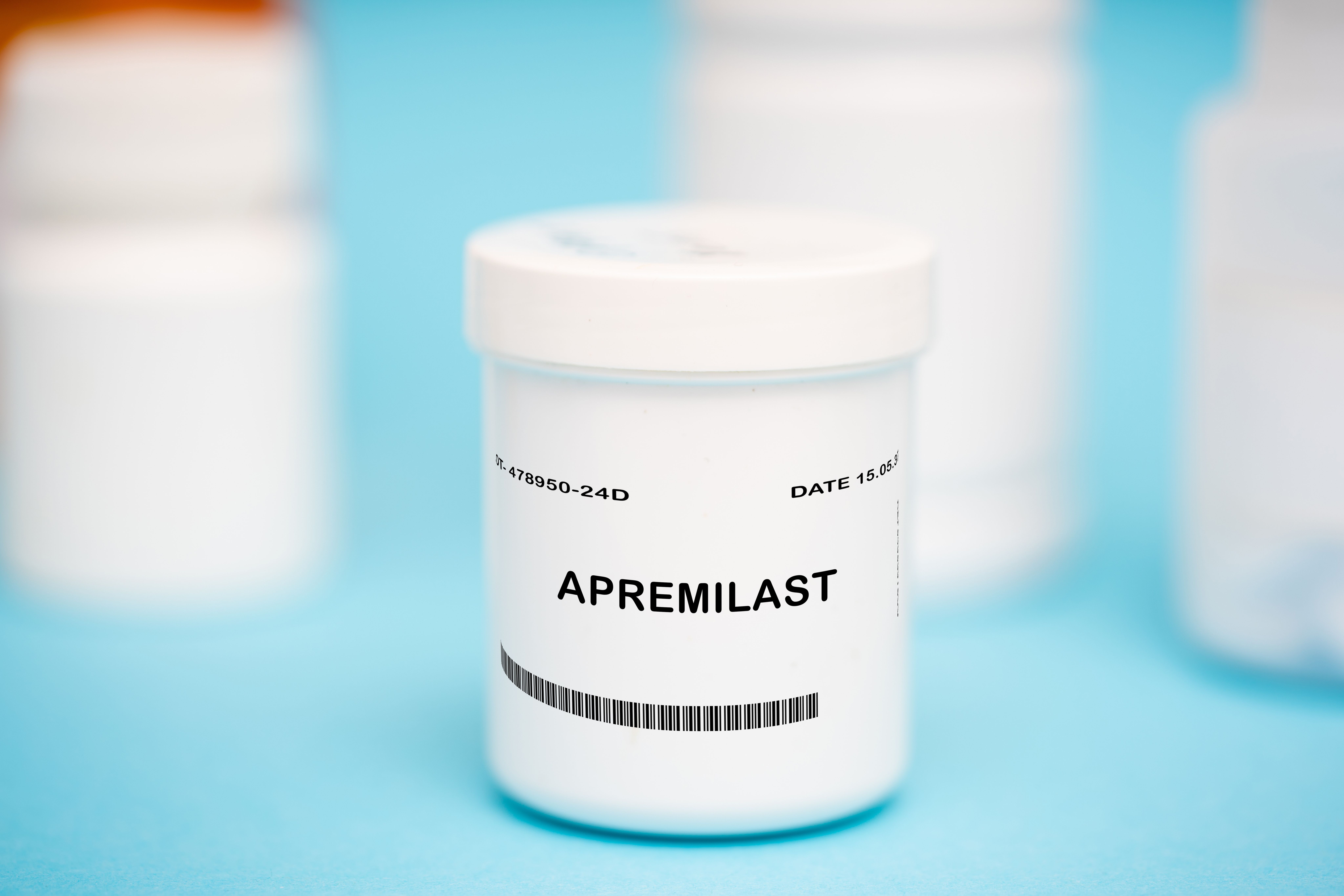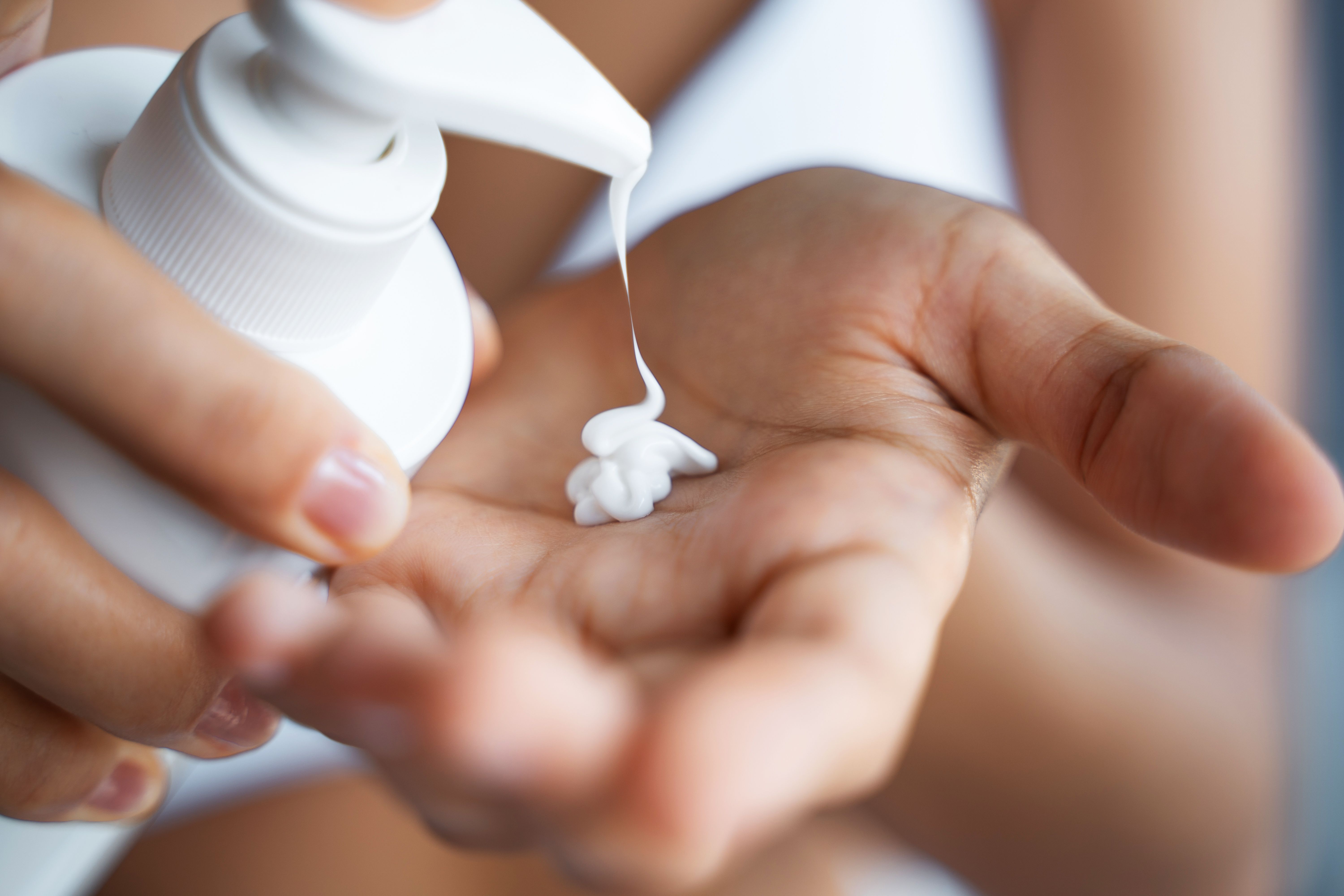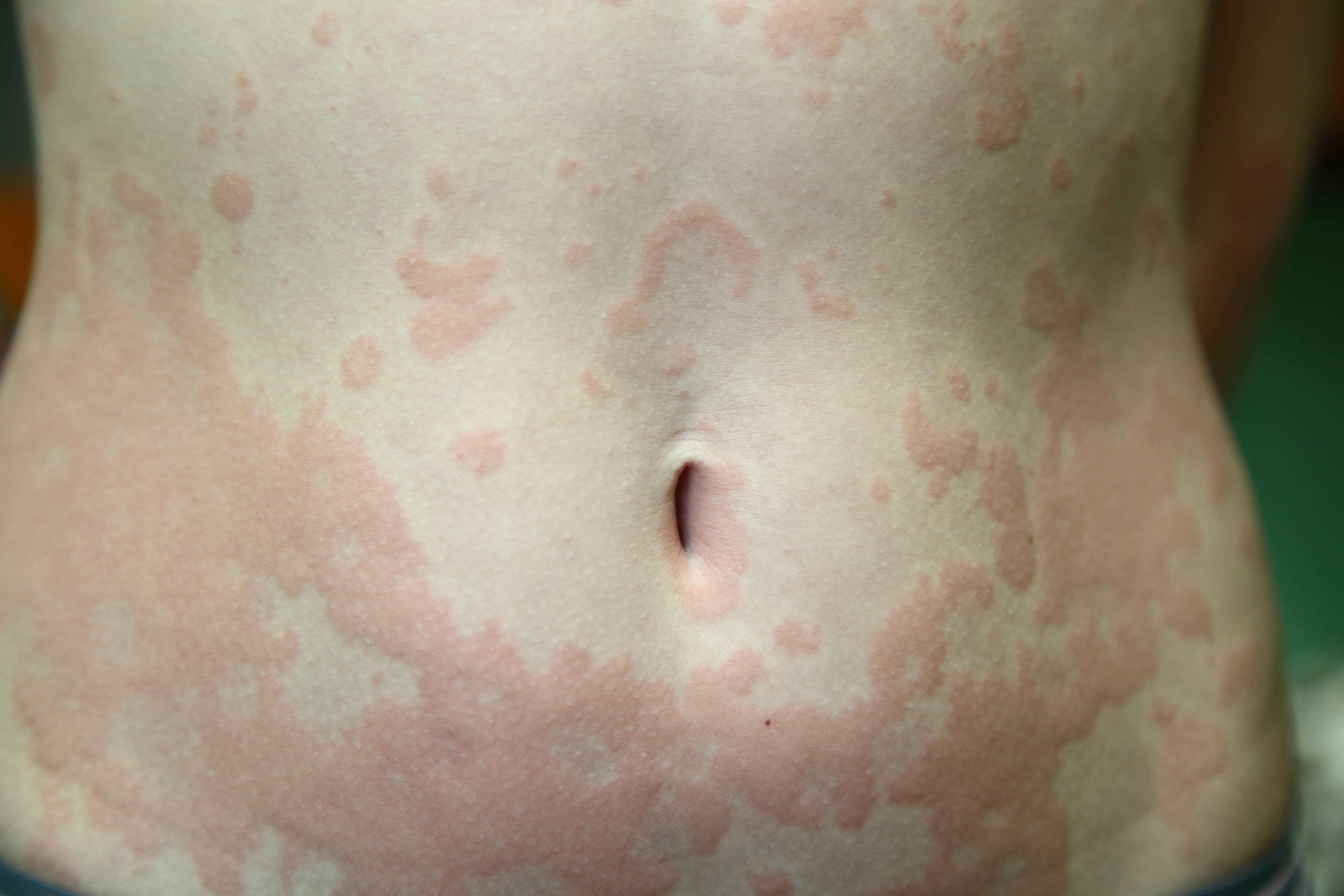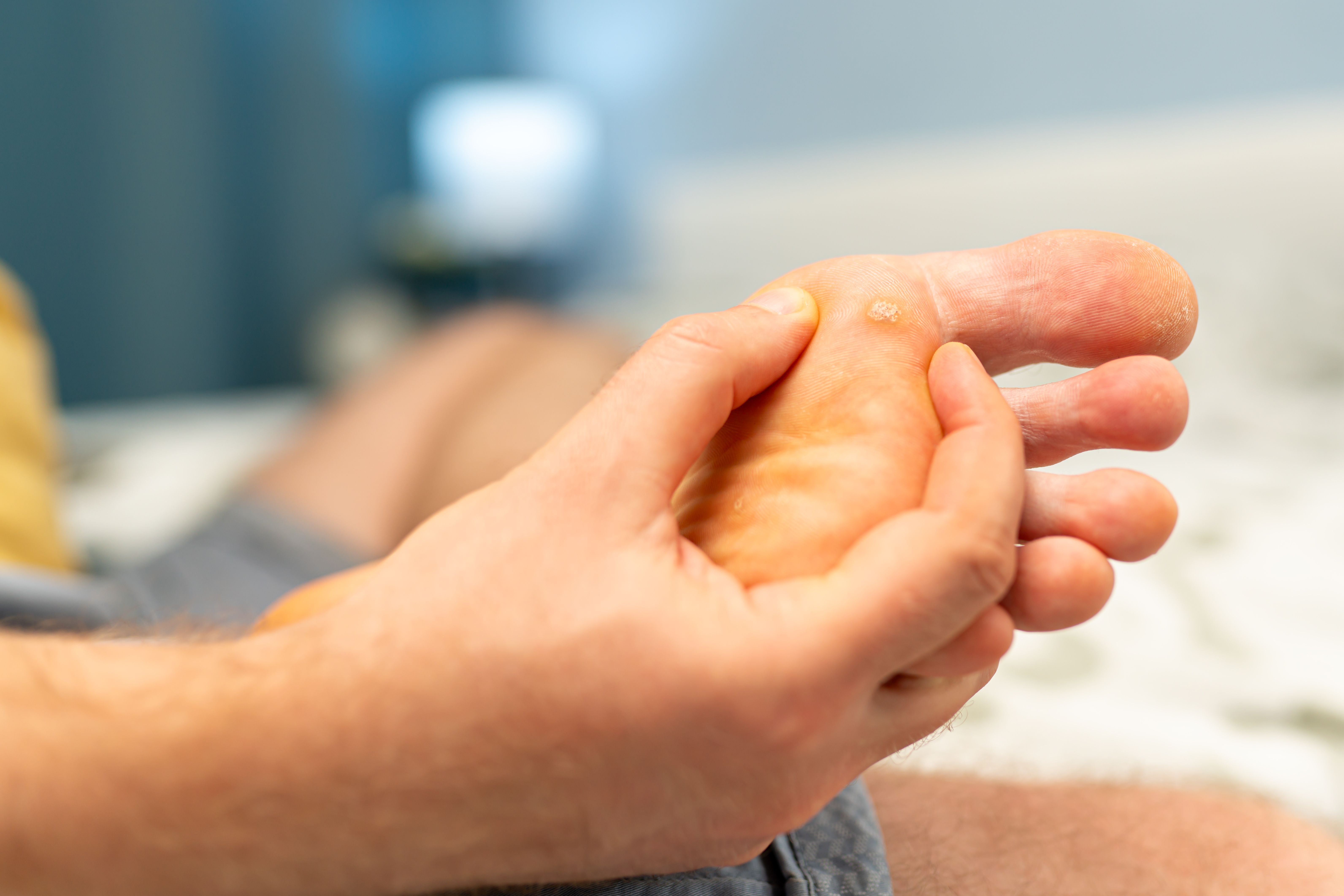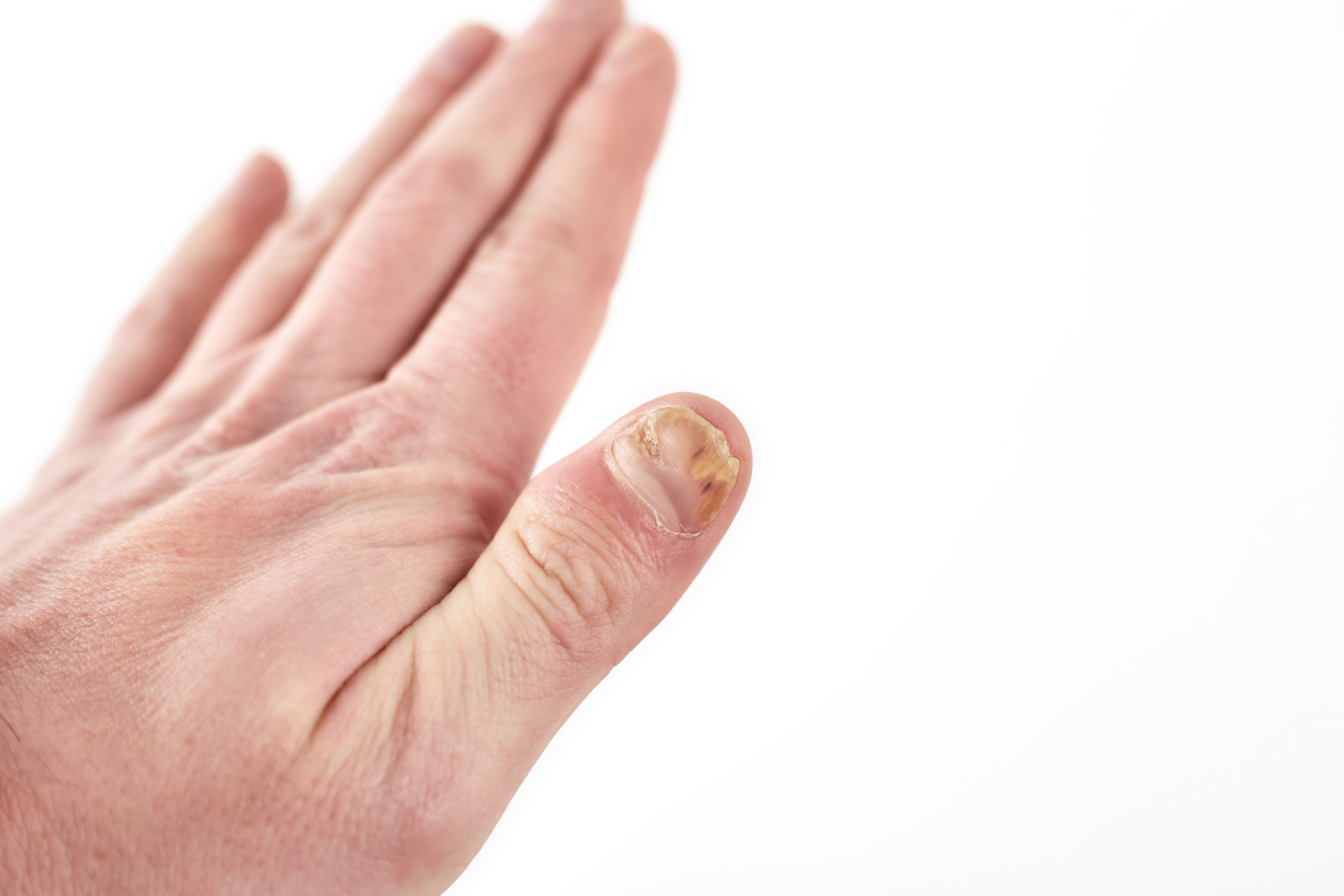- Acne
- Actinic Keratosis
- Aesthetics
- Alopecia
- Atopic Dermatitis
- Buy-and-Bill
- COVID-19
- Case-Based Roundtable
- Chronic Hand Eczema
- Chronic Spontaneous Urticaria
- Drug Watch
- Eczema
- General Dermatology
- Hidradenitis Suppurativa
- Melasma
- NP and PA
- Pediatric Dermatology
- Pigmentary Disorders
- Practice Management
- Precision Medicine and Biologics
- Prurigo Nodularis
- Psoriasis
- Psoriatic Arthritis
- Rare Disease
- Rosacea
- Skin Cancer
- Vitiligo
- Wound Care
Article
MauiDerm 2015: Highlights in dermatology news from 2014
Highlights of dermatology news in 2014 include promising data about nivolumab (Opdivo, Bristol-Myers Squibb) for melanoma and a new class of drugs that may help patients with stubborn cases of alopecia areata, a top dermatologist told attendees at the Maui Derm 2015 meeting Monday.
Promising data about nivolumab (Opdivo, Bristol-Myers Squibb) for melanoma and a new class of drugs that may help patients with stubborn cases of alopecia areata, are just a couple of the highlights in dermatology news from 2014, a top dermatologist told attendees at the Maui Derm 2015 meeting Monday.
Hensin Tsao, M.D., Ph.D., professor of dermatology at Harvard Medical School, says dermatologists should be aware of new research regarding the use of nivolumab in patients with BRAF wild-type melanomas.
RELATED: FDA accelerates approval of melanoma drug
“All of the targeted therapies to date have relied on having a mutation in BRAF. However, about half of the melanoma patients lack this mutation and therefore are not eligible for therapy,” he says. New research “shows that metastatic melanoma patients with tumors lacking BRAF mutations can have improved survival with the newer-generation immune therapies.”
With regard to alopecia areata, Dr. Tsao says a new class of inhibitors is showing promise by regrowing hair in a few patients with alopecia areata. The drugs shut down signaling from inflammatory cytokines, he says.
In other areas, Dr. Tsao says “there’s a movement afoot to re-examine the idea of whether moderately atypical dysplastic nevi need to be re-excised if the margins are pathologically involved but clinically cleared.” New findings have prompted an expert consensus statement that’s “warming up to the idea that it may be appropriate to monitor mild and moderately atypical dysplastic nevi rather than re-excise,” he says.
Finally, he says, “there is now growing evidence that individuals who routinely tan may exhibit a larger panel of high-risk behaviors, such as binge drinking and sexual promiscuity. This suggests that dermatologists may have a role in identifying patients who may need counseling beyond just sun protection.”
More from MauiDerm 2015
Newsletter
Like what you’re reading? Subscribe to Dermatology Times for weekly updates on therapies, innovations, and real-world practice tips.



